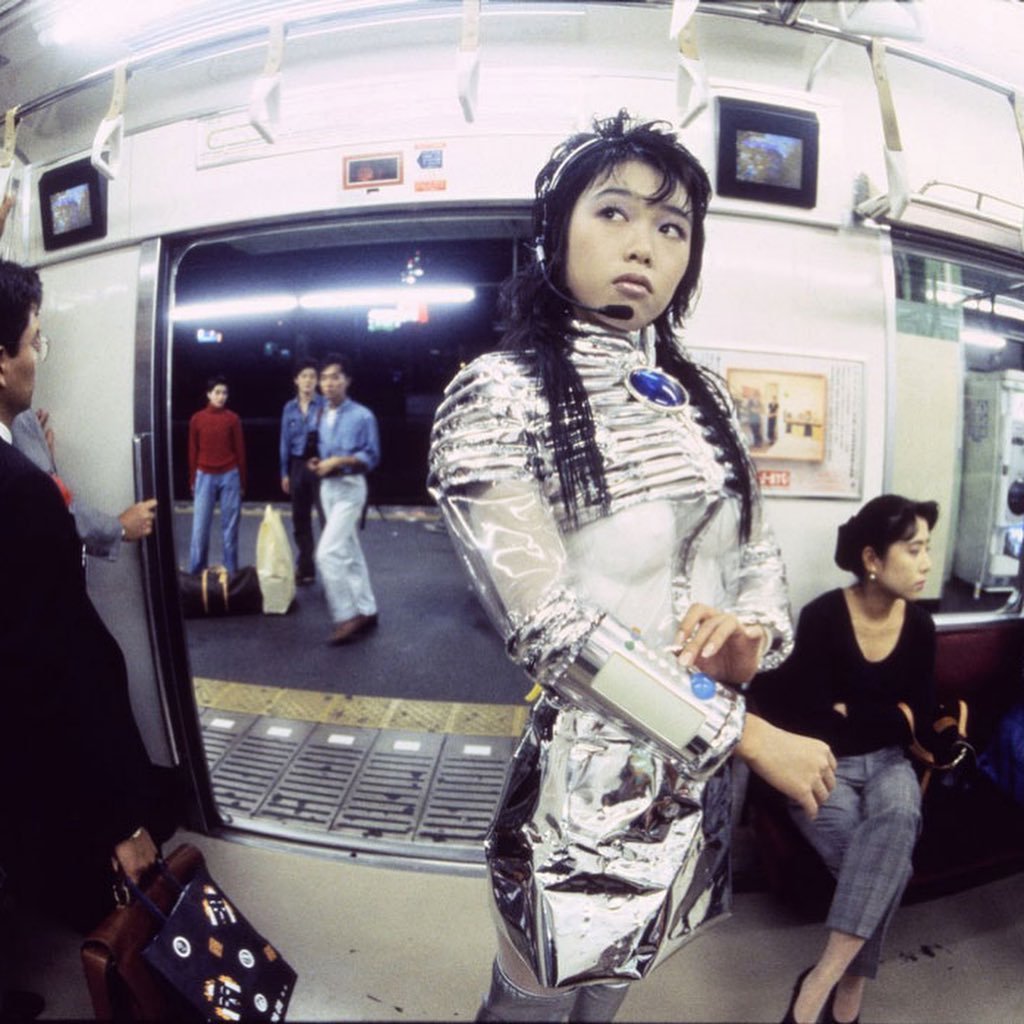Atsuko Tanaka - An Avant-garde Electric Icon

Atsuko Tanaka was a multidisciplinary avant-garde Japanese artist.
Her work, evocative of Neo Dadaism, was often made from simple everyday materials such as bells and lightbulbs. Tanaka’s most renowned piece is ‘The Electric Dress’ [1956], a garment made of over 200 primary colour painted lightbulbs, weighing over 50kg.
The dress, styled in the shape of a traditional Japanese kimono, was said to be inspired by Tanaka’s hometown of Osaka and the gleaming lights of the city's urban area. For performances and exhibitions, Tanaka actually wore the iconic piece, looking akin to an extraterrestrial being with only her face and hands visible.
The piece is meant to represent the invasion imposed on the female body by fashion and modernization. Discussing a different piece, Tanaka has even been quoted as “wanting to shatter stable beauty with her work.”
Tanaka was also a very central figure in the Gutai Art Association, a radical post-war art collective in Japan. Her works were displayed in all Gutai exhibitions throughout her membership, and upon her departure, Electric Dress continued to be displayed as a symbol of their experimental capabilities.
Tanaka was born in 1932 and studied at the Art Institute of Osaka Municipal Museum of Art from 1951. Her work has been exhibited internationally in places such as New York, London, and Paris and her work are included in collections at the Museum of Modern Art, New York; the Solomon R. Guggenheim Museum of Art, New York; and the Centre Pompidou, Paris. Atsuko Tanaka passed away on December 3rd 2005, however it seems posthumously, she has gained increasing scholarly and curatorial notoriety.














